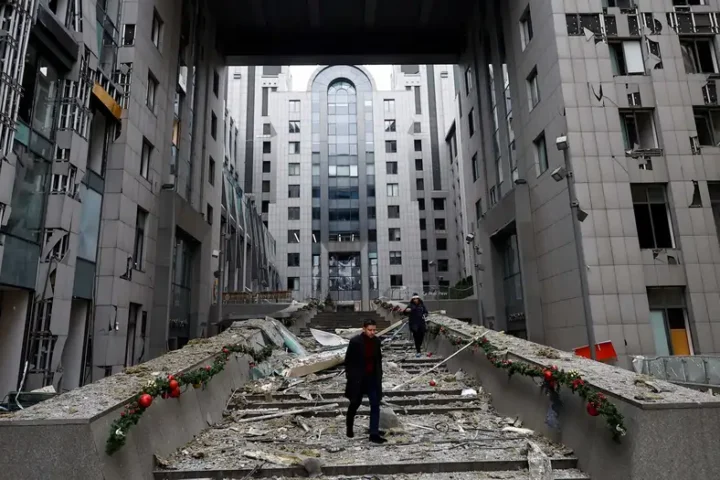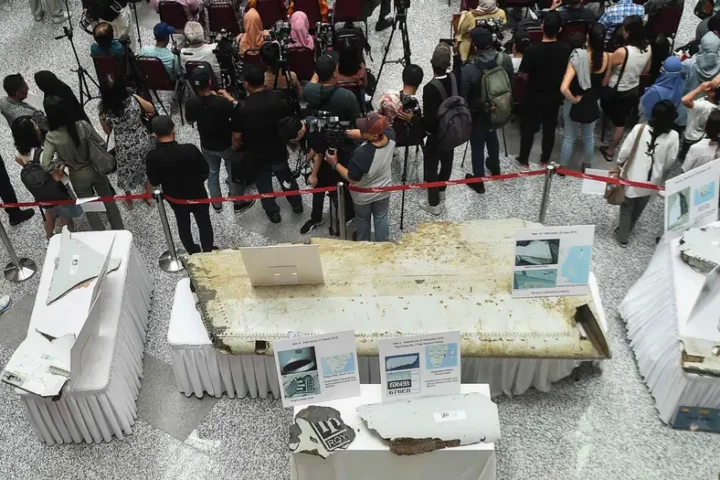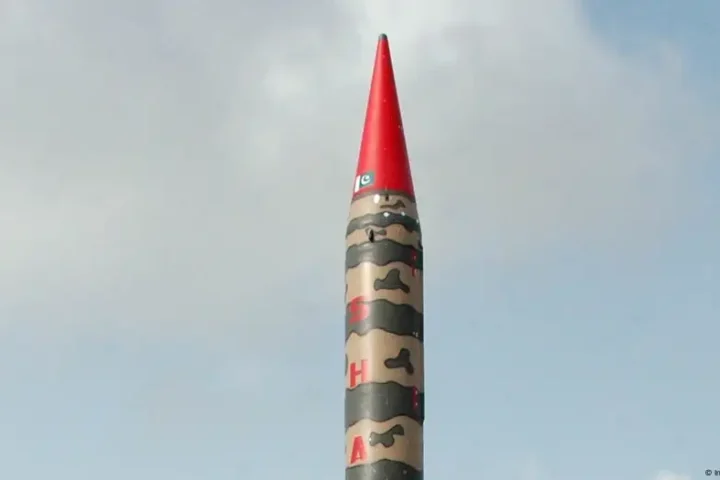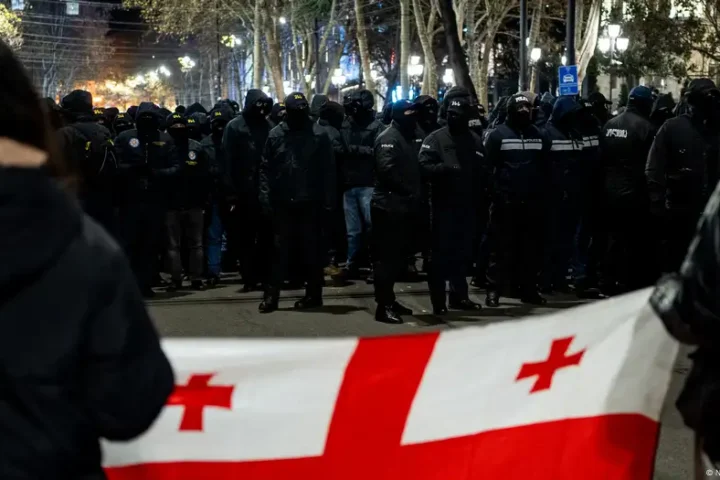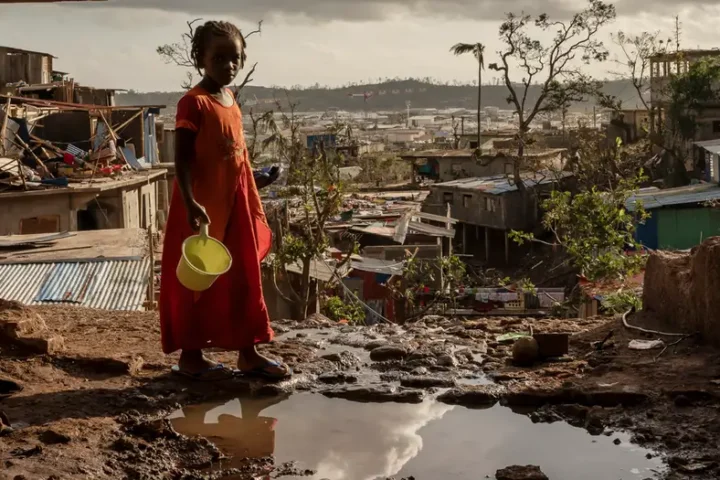Grenada’s PM has called the hurricane “Armageddon-like” as it wreaks havoc across the Caribbean with several people reported to have been killed.
The Caribbean island nation of Jamaica on Wednesday was facing the brunt of hurricane Beryl, classified as a powerful ‘Category 4’ storm. So far it has killed at least seven people, flattened numerous homes and destroyed crops on smaller islands as it has churned through the eastern Caribbean.
Wind-whipped rain pounded the island for hours as residents heeded authorities’ call to shelter until the storm had passed.
Power issues in Kingston
The US National Hurricane Center (NHC) said Beryl’s eyewall was “brushing the south coast of Jamaica.” The eyewall is where the most damaging winds and intense rainfall from a storm is found.
Power was knocked out in much of Kingston, the Jamaican capital.
Prime Minister Andrew Holness said on Wednesday afternoon that nearly 500 people were placed in shelters. By evening, he said that Jamaica had not seen the “worst of what could possibly happen.”
Several roadways in Jamaica’s interior regions were impacted by fallen trees and utility poles, while some communities in the northern section were without electricity, the government’s information service reported.
“We can do as much as we can do, as humanly possible, and we leave the rest in the hands of God,” Holness said.
Jamaica had announced a state of emergency and was declared a disaster zone for the next seven days, in anticipation.

Mexico braces for storm
Mexico’s Navy patrolled areas like Tulum telling tourists in Spanish and English to prepare for the storm’s arrival.
As of late Wednesday, Beryl was forecasted to make landfall in a sparsely populated area of lagoons and mangroves south of Tulum in the early hours of Friday, likely as a weakened Category 2 storm.
That changed when it was expected to cross the Yucatan Peninsula and restrengthen over the warm waters of the Gulf of Mexico, making a second strike on Mexico’s northeast coast near the Texas border.
“We will have intense rains and wind gusts” from Thursday, Civil Protection national coordinator Laura Velazquez said, announcing the deployment of hundreds of military personnel, marines and electricity workers in anticipation of damage.
Beryl’s widespread destruction
“Beryl has also affected the Cayman Islands and is expected to spin up to even higher speeds by Wednesday night and Thursday,” the NHC said in an advisory.
Local authorities have issued hurricane warnings as the rapidly moving hurricane has felled power lines and unleashed flash floods across smaller islands.
Haiti’s capital Port-au-Prince — currently in the grip of gang violence and experiencing an ongoing humanitarian crisis — also saw strong winds on Tuesday afternoon.
The new Haitian Prime Minister Garry Conille has warned residents to take precautions and stay alert.
Grenada’s PM calls it ‘Armageddon-like’
Meanwhile other countries in the Carribean, which have already faced the wrath of Beryl, took stock of the situation.
Ralph Gonsalves, prime minister of St. Vincent and the Grenadines, said in a radio interview that the country’s Union Island was “flattened” by Beryl. “Everybody is homeless … It is going to be a Herculean effort to rebuild.”
“90% of homes had been severely damaged or destroyed on one island in the Grenadines archipelago, Union Island,” Prime Minister Gonsalves added. He confirmed one death and said more fatalities could be confirmed in the coming days.
The situation is “Armageddon-like,” Grenada’s Prime Minister Dickon Mitchell said in a video briefing on Tuesday. He stressed that Carriacou and Petite Martinique, two of the three islands that make up the country, were badly affected by the natural disaster.
“There is no power. There is almost complete destruction of homes and buildings,” he said, citing impassable roads due to downed power lines and destroyed fuel stations crimping supplies.
Beryl, the first to reach Category 4 in June
Scientists have said that Beryl’s arrival has come earlier than is normally the case for such powerful storms. Given how the storm is rapidly strengthening, human-caused climate change might be the culprit, scientists argue.
The weather system is this year’s first Atlantic hurricane and the earliest storm on record to reach the highest category on the Saffir-Simpson Scale.
“The Saffir-Simpson Hurricane Wind Scale is a 1 to 5 rating based only on a hurricane’s maximum sustained wind speed. This scale does not take into account other potentially deadly hazards such as storm surges, rainfall flooding, and tornadoes” the Central Pacific Hurricane Center reported.

